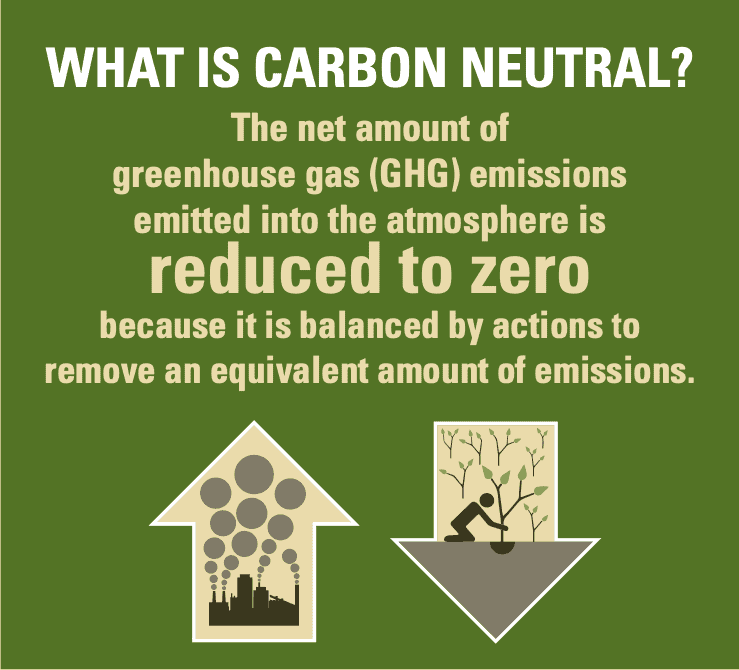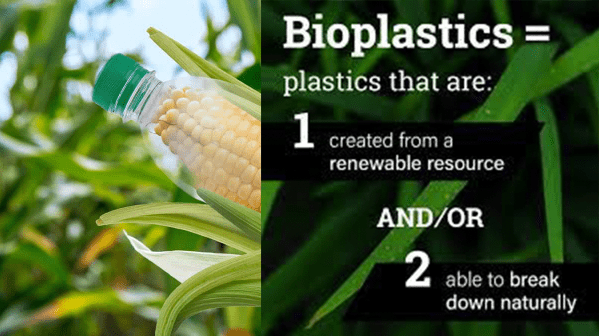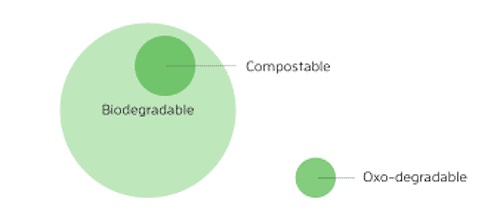Our Carbon Neutral Pledge. As Beyond Green grows, we intend to use carbon-neutral production options and producing biodegradable products that both have zero impact on the environment, thus becoming zero carbon in totality.
Check back for details
To achieve carbon neutrality
means that your carbon emissions – that is, the carbon emitted by your day-to-day operations, such as manufacturing, traveling, and so on – are effectively canceled out.
This is achieved by balancing your carbon emissions with techniques such as carbon offsetting -which involves calculating your carbon emissions and investing in schemes that are certified as removing a certain amount of carbon dioxide from the atmosphere.
Depending on the partner you choose to work with, the schemes will vary, but tree planting is a common one. This is because trees naturally absorb carbon dioxide from the atmosphere, helping to reduce the volume of greenhouse gases. Or carbon offsetting can be done by simply not emitting carbon at all – for example, choosing to cycle instead of drive.
You might also hear people using the term net-zero or zero-carbon – these all mean the same thing. For example, if you used 100% renewable energy to power your business and used carbon offsetting to ensure your net operations and supply chain were carbon-free, you could call yourself a “zero-carbon” business.
Carbon negative or climate positive
Carbon negative – also confusingly referred to as climate-positive – goes one step further than carbon neutrality, aiming to remove more carbon from the atmosphere than you emit.
Carbon-negative has a number of other terms associated with it, but it is the ultimate goal for businesses of all sizes.
Technical Definition of Carbon neutrality refers to achieving net-zero carbon dioxide emissions by balancing carbon dioxide emissions with removal (often through carbon offsetting) or simply eliminating carbon dioxide emissions altogether (the transition to the “post-carbon economy”).[1] It is used in the context of carbon dioxide-releasing processes associated with transportation, energy production, agriculture, and industrial processes. Carbon-neutral status can be achieved in two ways:
Balancing carbon dioxide emissions with carbon offsets, often through carbon offsetting – the process of reducing or avoiding greenhouse gas emissions or sequestering (removing) carbon dioxide from the atmosphere to make up for emissions elsewhere.[2] If the total greenhouse gasses emitted is equal to the total amount avoided or removed then the two effectively cancel each other out and the net emissions are ‘neutral’.
Reducing carbon emissions (low-carbon economy) to zero through changing energy sources and industrial processes. Shifting towards the use of renewable energy (e.g. hydro, wind, geothermal, and solar power)[3] as well as nuclear power[4] reduces GHG emissions. Although both renewable and non-renewable energy both produce carbon emissions in some form, renewable energy has a lesser to almost zero carbon emissions.[5] which produces much less carbon emissions compared to fossil fuels. Making changes to current industrial and agricultural processes to reduce carbon emissions (for example, diet changes to livestock such as cattle can potentially reduce methane production by 40%.[6] Carbon projects and emissions trading are often used to reduce carbon emissions, and carbon dioxide can even sometimes be prevented from entering the atmosphere entirely (such as by carbon scrubbing).
Although the term “carbon neutral” is used, a carbon footprint also includes other greenhouse gases (GHGs), usually carbon-based, measured in terms of their carbon dioxide equivalence. The phrase was the New Oxford American Dictionary‘s Word of the Year for 2006.[7] The term climate neutral reflects the broader inclusiveness of other greenhouse gases in climate change, even if CO2 is the most abundant. The terms are used interchangeably throughout this article. The term “net zero” is increasingly used to describe a broader more comprehensive commitment to decarbonization and climate action, moving beyond carbon neutrality by including more activities under the scope of indirect emissions, and often including a science-based target on emissions reduction, as opposed to relying solely on offsetting.




Pura Vida Bioplastics = Real Certificates USDA BIO-BASED, TUV, BNQ, GREEN AMERICA Home Compostable – Breaks down 3-4 months without Chemicals
Get a Quote